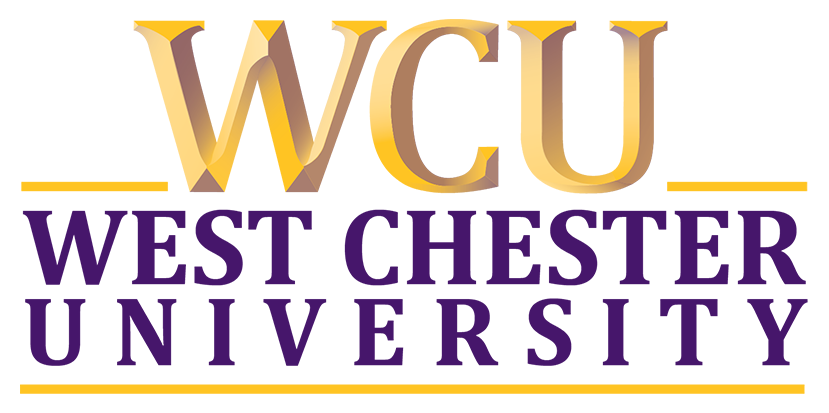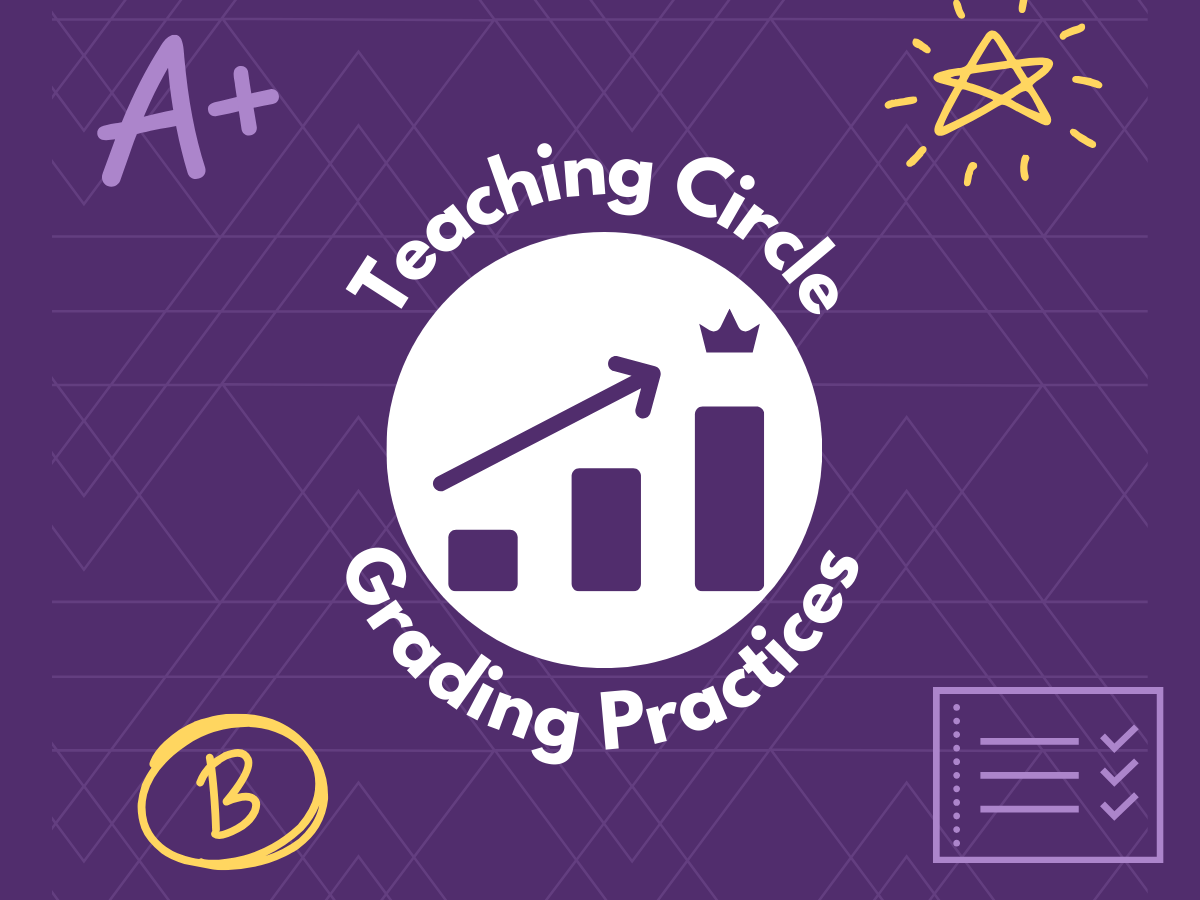Students Called Upon to Save the World
Perhaps the heading is a slight exaggeration, but adult fitness has been associated with increased longevity, reduced health care costs, mental and physical wellbeing, productivity, and many other benefits that lead to a better world. While these benefits of exercise are well documented, sadly 80% of adults do not meet the recommendations for exercise for adults. College students in the College of Health Sciences Kinesiology program are learning how to engage more adults in their own health, fitness, and wellbeing. To help students gain their voice for the future, they are getting a voice in how they are graded for the course.
Alternative Grading Initiative
The students in EXS 484 – Organization and Management of Adult Fitness Programs Clinic/Seminar are getting a voice in how they (well, next semester’s students in EXS 484) will be graded. Through a project called “Teaching Circle on Grading Practices” facilitated by the West Chester University Teaching and Learning Center, a cadre of professors, including me, recently learned about alternative grading methods. As part of the teaching circle we were asked to create a project that applies alternative grading to an existing course. This blog shares my journey this semester with my EXS 484 students. I was drawn to this project because alternative grading is a different way to think of grading, removing the conventional points-based system and instead encouraging students to engage in their own learning and grading.
Alternative grading is quite a change for students who have been groomed with traditional grading. Traditional grading is a passive, non-inclusive process that does not engage students in decisions related to how they are graded on their learning. Students rely on an instructor created rubric for each assignment, and students focus on the points needed to earn an “A” at the expense of engaging in the course content.
Alternative grading does include students in the decision-making process on how they are graded in a course.
Sharing with Students
I chose to discuss alternative grading methods with my EXS 484 students, as it is an upper-level course, so students are more likely to have their own ideas on how they would like to be graded.
There are several effective alternative grading methods that can be used but I chose to share the top methods we discussed in our Teaching Circle:
- Contract Grading: a collaborative approach where students set goals for the course in a contract.
- Specifications (Specs) Grading: instead of multi-level rubrics, the class could be engaged in creating bundles (we went through the categories of objectives within the accreditation domains).
- Ungrading: this approach encourages students to self-evaluate rather than be concerned with grades on assignments. Students reflect on their learning and revise their work. Students may also assign themselves a grade, based on their reflections.
My original thought when I signed up for this project was to incorporate ungrading into a course, but students in both sections of the course favored specs grading. I have to agree with my students- specs grading works well with “484”. Students also had the option to keep the syllabus as it is but they liked the idea of trying an alternative method.
For a little more detail on specs grading, specs grading helps students meet proficiency before continuing on to the next topic, gives students a voice in the level of competency they want by allowing them to select which specific assessments they will complete, and encourages students to negotiate a contract with the professor on the amount or type of assessments (like contract grading).
How The Course is Currently Organized
The syllabus for this course is prepared prior to the start of the semester with little to no input from students (SRIS results and student feedback in class have led to changes in course content delivery but it hasn’t been a coordinated class-wide effort). By seeking input from students this semester, I was able to better understand their thought process for grading in the course. This alternative grading assignment gave me the opportunity to share with the students how I set up the syllabus, the course objectives, and national standards the objectives measured, and how the content was weighted for final grading. Recognizing that suggesting changes to the current course grading system this semester would cause much anxiety and unrest for many students, we discussed how they thought the course could be better organized for students who will take the course next semester.
Here is a brief overview of how the course is presently organized, as explained to the current students:
- The content is separated into Inquiry Monday, Hands-on Wednesday, and Friday Forum (I couldn’t think of alliterations for Monday and Wednesday nor could the students)
- The course objectives are distributed among the days to address the strategy students will engage in the topic. Monday uses evidence-based practice and practice-based evidence), Wednesday gets students up and moving), and Friday gives students the opportunity to share with one another without needing to speak in class.
- Points are evenly distributed at 10 points per class, so 150 points for Monday, 150 points for Wednesday, and 150 points for Friday (plus a 50-point Final Exam).
We then reviewed the accreditation standards and objectives that this course satisfied, which are listed in the syllabus. I kept wondering, did students understand this Day 1 of class? They admitted that on the first day of class, aka Syllabus Day, they were more focused on what was due when, did they need to come to class every session, and what was required to get an “A”.
How content met standards was not a high priority for students.
Student Input for Course Next Semester
So, what are we going to do? We’re working on that now, but the consensus so far is to look at each Domain and determine the way in which assignments will be determined and graded. Here is an example of one of the Domains we apply assessments to for this course:
Domain III: Exercise Counseling and Behavioral Strategies
C. Provide educational resources to support clients in the adoption and maintenance of healthy lifestyle behaviors.
| Domain Objective Identifier | Objective | Assessment |
|---|---|---|
| III.C.1.f. | Knowledge in accessing and disseminating scientifically-based, relevant health, exercise, nutrition, and wellness-related resources and information. | Using Sackett’s three-legged stool, create an action plan for changing exercise behaviors for adults based on the results of your synthesis of five (5) peer-reviewed articles. |
| III.C.1.g. | Knowledge of specific, age-appropriate leadership techniques and educational methods to increase client engagement. | Perform a literature review on leadership techniques of educational methods that are appropriate for the clientele you will serve (patients, athletes, older adults, for e.g.). Summarize your findings in a one to two page blog. |
| III.C.1.h. | Knowledge of community-based exercise programs that provide social support and structured activities (e.g., walking clubs, intramural sports, golf leagues, cycling clubs). | Conduct a Google search of community-based programs in West Chester that are available to students and those that are available to adults. Pick one category and prepare a promotional piece (video, brochure, etc.) that would appeal to the target group. |
| III.C.1.f. | Knowledge in accessing and disseminating scientifically-based, relevant health, exercise, nutrition, and wellness-related resources and information. | Using Sackett’s three-legged stool, create an action plan for changing exercise behaviors for adults based on the results of your synthesis of five (5) peer-reviewed articles. |
| III.C.2.a. | Skill in accessing and delivering health, exercise, and wellness-related information. | Write a blog, produce a YouTube video, or create an infographic to share with the class. |
| III.C.2.b. | Skill in educating clients about benefits and risks of exercise and the risks of sedentary behavior. | Using your knowledge of assessing reliable health, exercise, and wellness-related information, create a brochure or infographic that explains to the general public how to sort out fact from fiction, myths and fallacies, etc. |
After sharing this with students, I gave them the option on their next assignment for Domain V to either complete the assessments I had already developed or create their own assessments for one of the subdomains (A-E). Here is an example of the assessments that one group created:
Domain V: Management
A. Manage human resources in accordance with leadership, organization, and management techniques.
| Domain Objective Identifier | Objective | Assessment |
|---|---|---|
| V.A.1.a | Knowledge of industry benchmark compensation and employee benefit guidelines | Assess records to gather data from company and other similar companies. Look at competitors in the area to find what they are paying people in similar roles. |
| V.A.1.b | Knowledge of federal, state and local laws pertaining to staff qualifications and credentialing requirements. | Compare and contrast federal, state, and local law in a diagram, so there can be an understanding of each law and where it comes from. |
| V.A.1.c | Knowledge of techniques for tracking and evaluating member retention. | Find data for a company in the area in the exercise science field and find their member retention rate along with review of the company and report them back. |
| V.A.2.a | Skill in applying policies, practices and guidelines to efficiently hire, train, supervise, schedule and evaluate employees. | Shadow the manager in a facility in the exercise science field and explain what they see when it comes to the processes of hiring, training, supervision, scheduling, and evaluation of employee |
| V.A.2.b | Skill in applying conflict resolution techniques. | Conduct a survey or interview with a classmate where you give the person a problem they would face in management. Assess how they handle the conflict, using a rubric you created fr the scenario. Review what they did well and provide some tips to improve students conflict resolution techniques. |
Sharing with Next Semester’s Students
Another exciting part of this project is that I also teach all the students in EXS 484 in the prerequisite course, EXS 381. So, I will get the chance later this semester to provide them with an overview of what to expect in EXS 484, what the current “484” students developed, and then ask for any feedback from “381” students.
What a great opportunity I had to share the EXS 484 syllabus that this semester’s EXS 484 students helped create for next semester’s EXS 484 students. The current EXS 381 students were very receptive to hearing about the project. They, like the current EXS 484 students, had not paid much attention to the course domains and objectives. They were interested in the assessments the current EXS 484 students had created. They asked if they could have the opportunity to create assessments for one or two domain objectives this fall. I could not have been happier!
So, the plan is to use specs grading next semester (we will review the syllabus again at the beginning of the semester) and the fall EXS 484 students will have the opportunity to create assessments that are of interest to them in their concentration. I can’t wait to share the results!

